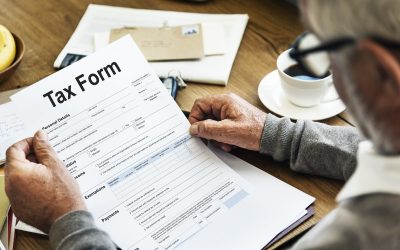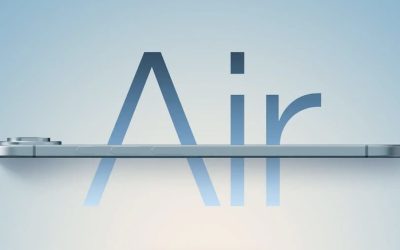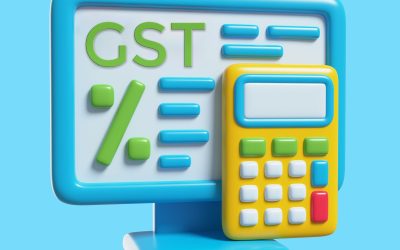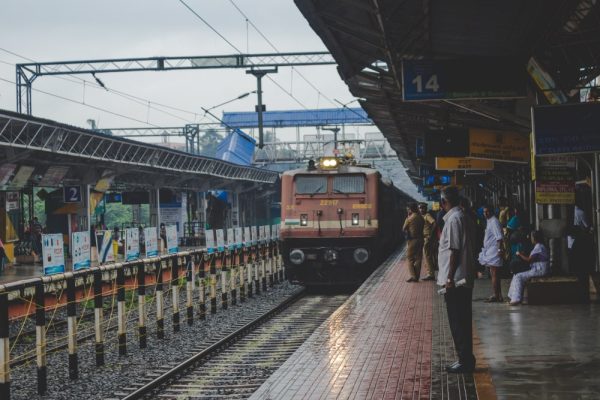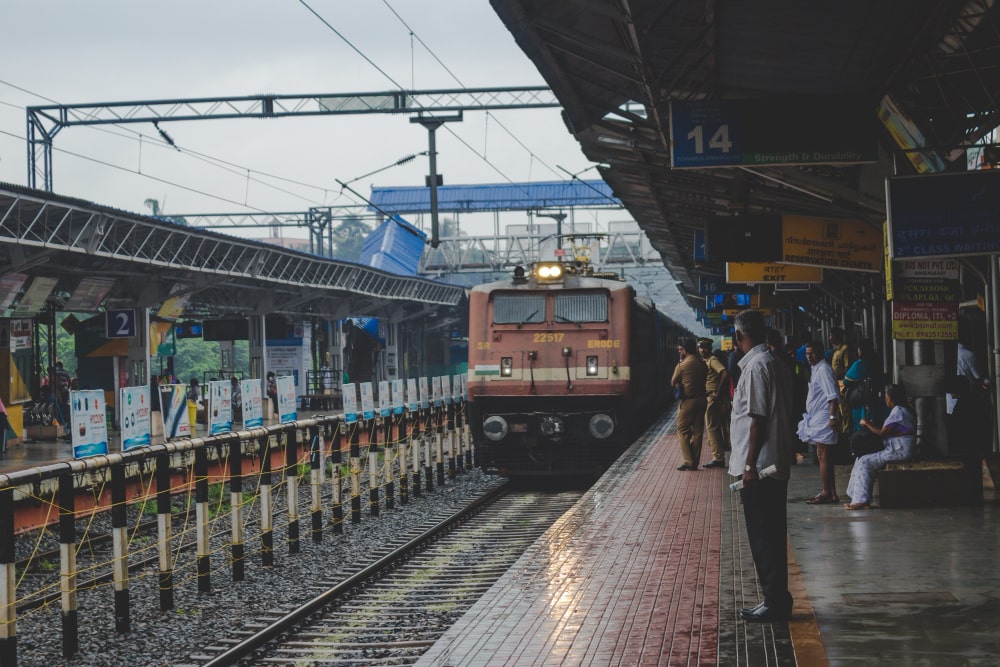
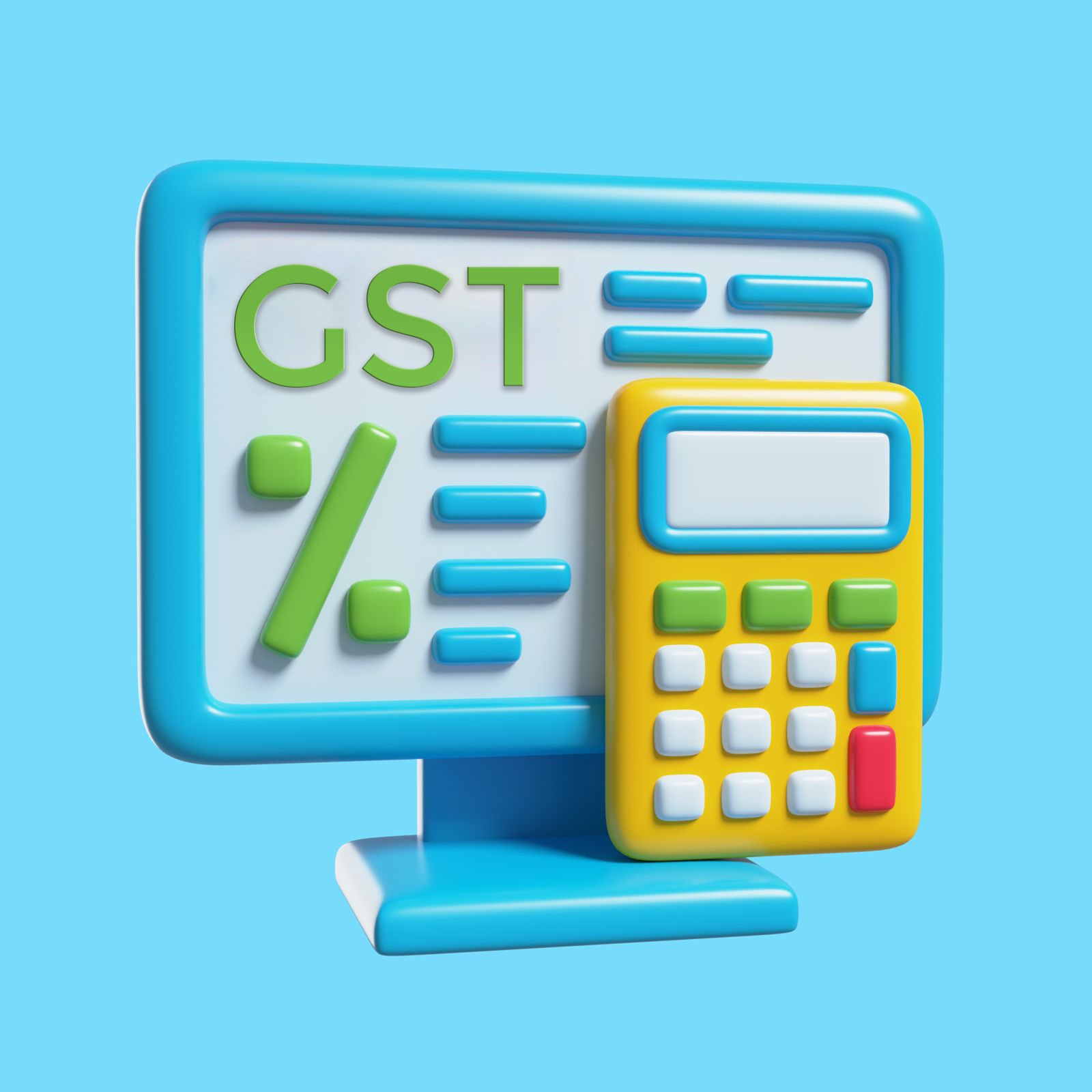
What Gets Cheaper, What Gets Costlier After GST Council’s Big Tax Reset
The Goods and Services Tax (GST) Council has announced a major tax reset, effective September 22, 2025. The revamp aims to reduce the burden on households and essential sectors while tightening taxation on luxury and “sin goods.”
Here’s a breakdown of what will get cheaper and what will cost more under the new structure.
What Gets Cheaper
1. Daily essentials
Products like toothpaste, shampoo, soap, hair oil, and talcum powder will now attract only 5% GST, down from 12–18%.
2. Packaged food and snacks
Ready-to-eat namkeens, mixtures, bhujia, and similar packaged snacks move to the 5% slab.
3. Healthcare & insurance
- Common medicines and diagnostic items reduced to 5%.
- Life and health insurance products will be GST-exempt.
- Corrective spectacles, thermometers, oxygen equipment also see lower rates.
4. Appliances & electronics
Air-conditioners, TVs, dishwashers, set-top boxes, and monitors shift from 28% to 18%.
5. Automobiles
- Small petrol/LPG cars (≤1200cc), diesel cars (≤1500cc), hybrids, motorcycles (≤350cc), and three-wheelers taxed at 18% instead of 28%.
- Electric vehicles remain at 5%.
6. Farm goods & building materials
Fertilisers, tractors, cement, and agricultural machinery get lower GST. Fly-ash concrete blocks fall to 5%.
7. Education supplies
Exercise books, notebooks, pencils, maps, globes, crayons, and erasers now fall in nil or 5% slab.
What Gets Costlier
1. Apparel over ₹2,500
Clothes and accessories above ₹2,500 will face 18% GST, up from 12%.
2. Coal
Coal rates jump sharply from 5% to 18%.
3. Luxury & sin goods (40% GST slab introduced)
- Aerated, carbonated, and sugary drinks.
- Cars above 1,200cc or 4,000mm in length, motorcycles above 350cc.
- Yachts, aircraft, racing cars.
- Pan masala, cigarettes, gutkha, and tobacco products (shift delayed until state-compensation loans are repaid).
Snapshot: Cheaper vs Costlier
| Category | GST Change | Effect |
|---|---|---|
| Daily essentials | 18% → 5% | Cheaper |
| Packaged snacks | 12% → 5% | Cheaper |
| Medicines & insurance | 12/18% → 5% / exempt | Cheaper |
| Appliances & electronics | 28% → 18% | Cheaper |
| Small cars & 2-wheelers | 28% → 18% | Cheaper |
| Education items | 12% → 0–5% | Cheaper |
| Apparel > ₹2,500 | 12% → 18% | Costlier |
| Coal | 5% → 18% | Costlier |
| Luxury & sin goods | 28% → 40% | Costlier |
Bottom Line
The GST reset brings relief for households with cheaper daily-use items, food, appliances, and cars. At the same time, it puts a heavier tax burden on luxury, high-end, and harmful products. With implementation from September 22, 2025, consumers and businesses must gear up for the new pricing structure.


